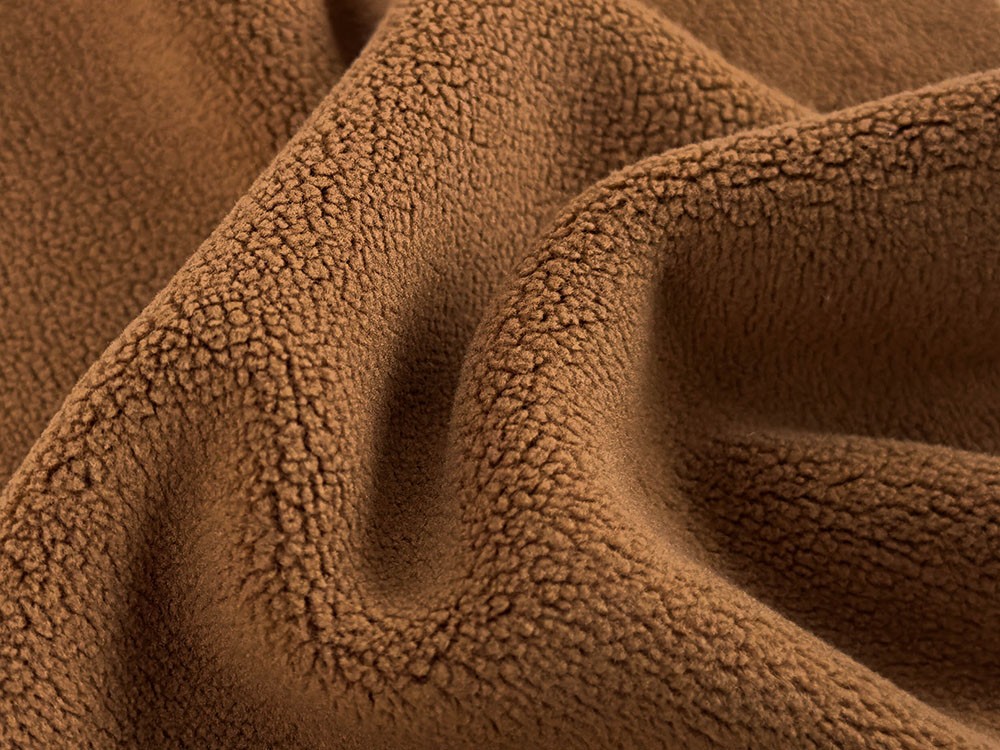When it comes to choosing clothing, the focus often lies on style, comfort, and cost. However, an increasingly important consideration is the health implications of the fabrics we wear. With growing awareness of skin sensitivities, allergies, and environmental impacts, understanding what constitutes the healthiest fabric is essential. This post delves into the various fabric options, their benefits, and how they can contribute to overall well-being.
Understanding Fabric Composition
Fabrics can be broadly categorized into natural and synthetic fibers. Natural fibers, derived from plants and animals, include cotton, linen, wool, and silk. Synthetic fibers, on the other hand, are man-made and include polyester, nylon, and spandex. Each type of fabric has its own set of characteristics that can affect health, comfort, and environmental sustainability.
The Case for Natural Fibers
- Cotton: Often hailed as one of the most breathable fabrics, cotton is hypoallergenic and soft against the skin, making it an excellent choice for those with sensitive skin. Organic cotton, in particular, is free from harmful pesticides and chemicals, reducing the risk of skin irritation and allergic reactions.
- Linen: Made from the flax plant, linen is known for its moisture-wicking properties and breathability. It allows air to circulate, keeping the body cool in hot weather. Additionally, linen is naturally antimicrobial, which can help prevent skin irritations and infections.
- Wool: While some may be wary of wool due to its potential itchiness, merino wool is a soft, fine variety that offers excellent thermal regulation. Wool is also moisture-wicking and has natural antibacterial properties, making it a great option for activewear and outdoor clothing.
- Silk: This luxurious fabric is not only aesthetically pleasing but also beneficial for skin health. Silk contains natural proteins and amino acids that can help retain moisture, making it a good choice for those with dry skin. Additionally, silk is hypoallergenic and resistant to dust mites, making it suitable for allergy sufferers.
The Drawbacks of Synthetic Fabrics
While synthetic fabrics like polyester and nylon are often praised for their durability and stretch, they can pose several health concerns. These materials are less breathable than natural fibers, which can lead to overheating and discomfort. Furthermore, synthetic fabrics can trap moisture, creating an environment conducive to bacterial growth and skin irritations.
Moreover, many synthetic fabrics are treated with chemicals during production, which can leach into the skin and potentially cause allergic reactions or other health issues. For individuals with sensitive skin or allergies, it is advisable to limit the use of synthetic materials in clothing.
Eco-Friendly Considerations
In addition to personal health, the environmental impact of fabric choices should not be overlooked. Sustainable fabrics, such as organic cotton, Tencel (made from sustainably sourced wood pulp), and hemp, are not only healthier for the wearer but also for the planet. These materials are often produced with fewer chemicals and less water, making them a more eco-friendly option.
Conclusion: Making Informed Choices
When it comes to selecting the healthiest fabric to wear, the key is to prioritize natural fibers that promote breathability, moisture-wicking, and hypoallergenic properties. Fabrics like organic cotton, linen, merino wool, and silk stand out as excellent choices for maintaining skin health and comfort.


